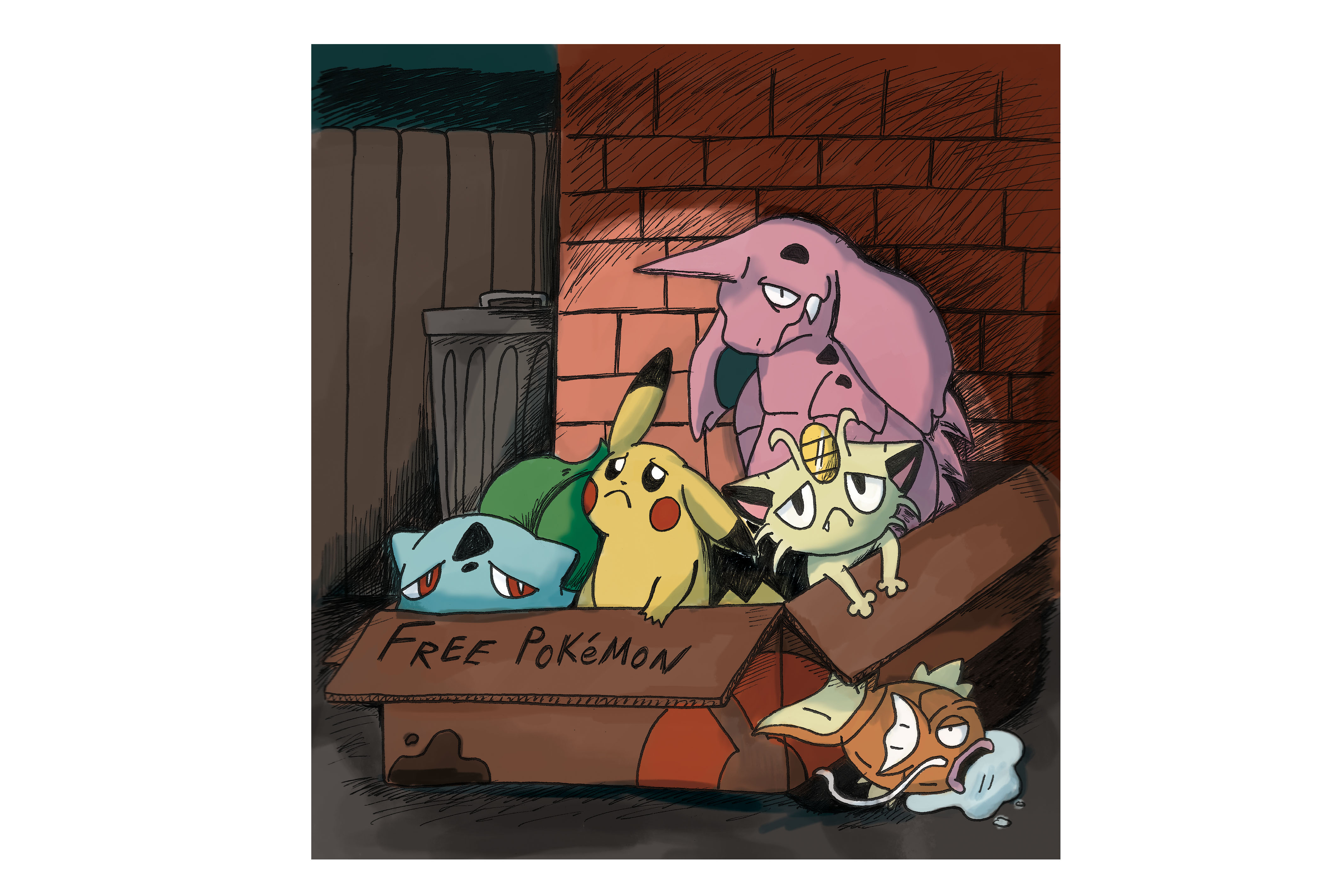In December 2018, I was in a bus accident. Tossed around the interior of the bus after it hit a cow, I ended up getting knocked out for a moment before stumbling around in relieved, but shocked, silence. In the days and weeks that followed, my body reacted terribly to the accident and began to slow down. This and the eventual sedentary lifestyle it created would lead to one of my closest calls and worst health scares in my life: massive blood clots.
Resting in bed more and more often, crushed by fatigue, I eventually found myself sleeping and sitting more and more often. When COVID-19 hit, it wasn’t uncommon for me to stay in bed for a couple of days at a time. Avoiding the outside world and dealing with the impact of the pandemic on my life and work, I created a private world for myself that was increasingly sealed off and immobile. This is when the blood pools and the clots form.
A deep vein thrombosis, or DVT, is a blood clot that originates in the deep veins of the body, most notably in the legs. Often, this is the result of long trips by air or car, but sometimes it’s just a matter of too much bed rest without moving the legs, such as during recovery from surgery, something I also dealt with this summer. Sometimes these clots can break off and travel through the bloodstream. When it ends up in the blood supply to the lungs, it becomes a pulmonary embolism, and if it’s impacting both lungs, it’s a saddle embolism.
My first clue something was wrong was in my legs. I began to feel more pain in my legs, pain that felt like my leg was unraveling from the inside. Redness appeared, it felt hot. For the first few days, I attempted to walk on that leg every so often, trying to keep the muscles stretched. Eventually, the pain became unbearable, I went to the emergency room. I was sent home with an anticoagulant and told to take it until my DVT dissolved in a few weeks’ time. Then it hit me—the anxiety.
The best way to describe the anxiety I experienced in the days after my trip to the emergency room is to imagine every system in your body suddenly devoted to telling you something is wrong. Struggling against an extreme emotional discomfort, I tried to return my life to normal, to no avail. Ultimately, the anxiety got to be too much. When Xanax didn’t work, and valerian root couldn’t help me sleep, I decided it was time to go to the emergency room again.
Amid the joking about my return visit, hospital staff were somewhat concerned. Sending various imaging techs in to see me, I was eventually told my clots had moved, with some parts becoming a massive clot in my lungs. Due to my age and relative health, my heart and lungs remained unstressed, but the clot needed to go. I was placed on a stronger blood thinner and sent home after a few days.
The lesson here should be a warning to folks during this pandemic, especially those who are working from home; don’t ignore your body when the anxiety is too much. In my case, this anxiety was a sign that my body was having trouble with a mass in my veins. Since an opinion article like this only really depicts my experiences and isn’t medical advice, talk to a physician and let them know any concerns you might have. Take a quick stock of your circumstances and let them know any relevant information, like a recent surgery, pregnancy or new hormone treatments.
There are certainly many ailments that can arise during this pandemic, but those that impact you when you’re less active are certainly going to be more apparent. Being aware of your risks but also the signs of major health crises like blood clots is an important, life-saving level of attention.
Although you shouldn’t diagnose yourself with something you’ve read about in an opinion article without seeing a doctor first, it’s still important to calmly and consistently assess your health. In this case, just understanding the warning signs of a blood clot was a life-saver.






